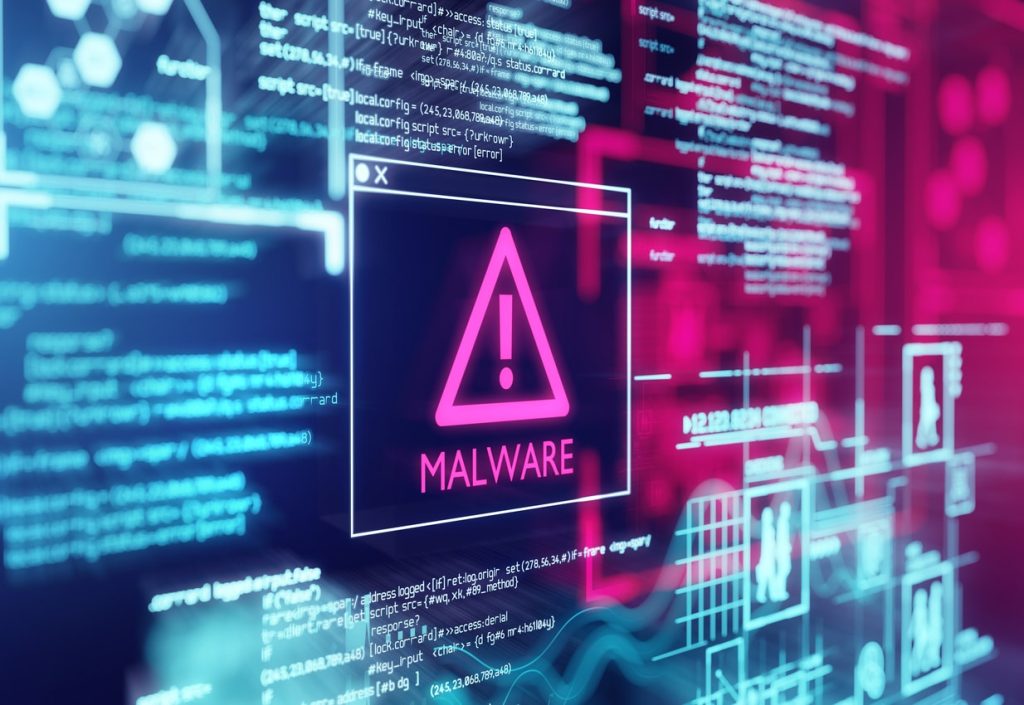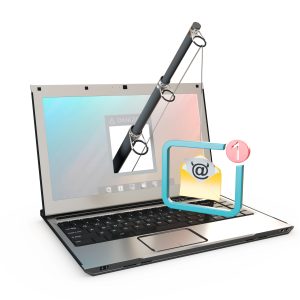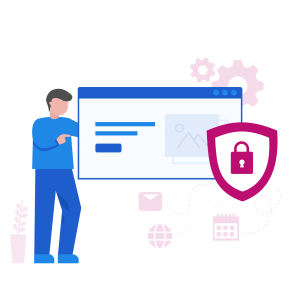Among the many security topics covered by the EU’s dedicated annual campaign, European Cybersecurity Month, organisations and experts will be sharing the best practices to defend against a wide range of risks this October. The term “malware” is an abbreviation of the phrase “malicious software” and is a continuing threat of which everyone must raise their awareness to protect their networks and sensitive data.
Malware covers a wide range of software that has been engineered to inflict damage or make alterations to a computer’s system without its owner’s consent. Such software includes nefarious threats like ransomware, worms, trojans and viruses.
Recognising and detecting malware
Just like the silent viruses experienced by people, malware may be operating within a computer’s systems without making a user aware of its presence. Covert and insidious programs are often more malevolent than those that are overt, leading to undetectable acts of financial fraud and identity theft. However, as with a physical infection, spotting certain symptoms can lead to a diagnosis of malware.
One indicator to watch for is performance issues with your PC. Is the device running more slowly than usual or crashing constantly? A small payload of malware on your system is enough to hamper operations, slowing or crashing your machine as it drains the hard drive while working away behind the scenes.
Inexplicable behaviour from your device is another sign of malware. When changes to settings or unusual search results are uncovered, or peculiar new tool bars you never installed appear, there is every chance your machine is infected.
A raft of interruptions from spam and pop-ups is also an indicator. Malicious messages that pop up may appear to be legitimate but can cause chaos, from hijacking browsers and downloading spyware to capturing Personally Identifiable Information (PII).
Enterprise protection from malicious software
Prevention is always the most effective measure for keeping your devices free from malicious software. Should your computer become infected, malware can be professionally removed, but even for the technically informed it can be a complex and time-consuming task.
Install a high-quality anti-malware product on all devices connected to your network. Ensure it is a brand with a longstanding reputation, and one capable of running smart scans on your devices. Ensure scans are run regularly and systematically, and any detections are dealt with immediately.
Anti-malware software must be kept up to date to remain effective. Ensure you keep on top of updates and that all devices on your network are running the latest version of the protective software. Updates include security patches for identified vulnerabilities, so the importance of this process cannot be emphasised enough.
Instil a proactive security protocol in your staff too. Malware is often delivered via phishing emails, so ensure employees understand the dangers of such tactics and how to spot them. At Galaxkey, we have developed a secure platform to assist enterprise personnel to work safe from malware. Our secure document and email features allow users to verify senders and identify when content they receive has been tampered with and may contain malware. Contact our team today for further information.



